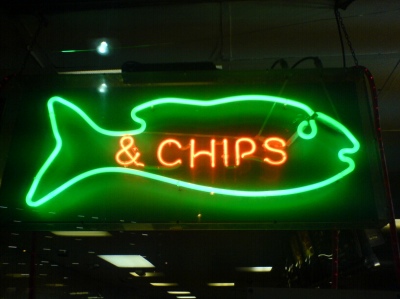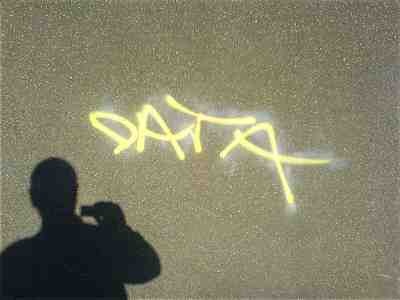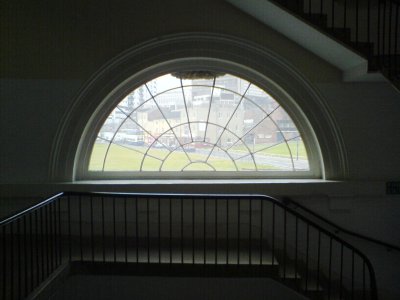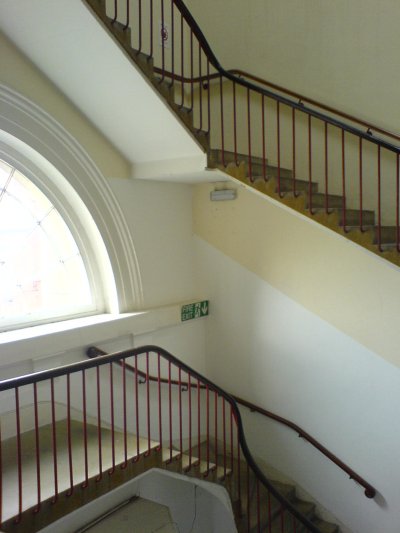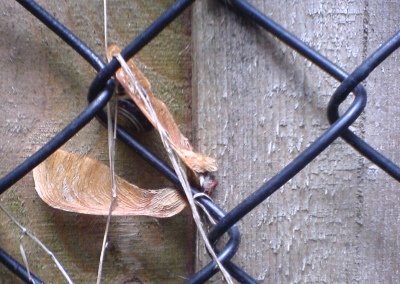Cheating
October 9th, 2007“Students cheat. There is no way of avoiding this fact. Students hand in homework and project assignments copied from others, or written by their parents, or even purchased. Students copy from one another on examinations, and they try to discover advance information about examinations. When cheating involves deceit, trickery, fraud, or swindle it must be prohibited. But the proper solution to the problem is not through prohibition and punishment: it is through examination of the sources. Why do even our best students feel compelled either to cheat, or to help other students, or to watch while others cheat, without taking action. I believe that the root cause of cheating in our school systems lies with inappropriate curricula and examinations. Change the practices and the cheating should naturally diminish.”Don Norman, In defence of cheating
Actually, my students don’t cheat. They are determined to understand Maths this time round (I work with return to learn students) and it is personal. Many want to understand so they can help their children to understand. The swing of the pendulum in the UK back to paper and pencil calculation methods and ‘knowing your tables’ is really important in this respect.
I take Norman’s point about assessment systems, and what I would like is a flexible assessment vehicle – say a series of online assessments based around Level 2 Maths with slowly increasing syllabus content and levels of sophistication in the questions so that students could request a test as they felt they understood the material. Such a system would enable me to diagnose and certify those symptoms that tell me that a student understands Maths.
What I have with the new Foundation GCSE Maths isn’t that. The Access Maths route is isn’t such a good solution now compared with some years ago as ‘GCSE Equivalence’ seems to be interpreted in an incredibly narrow way by many stakeholders. The ‘equivalence’ is tracked on content lists without regard to the difference in assessment designs (tracked assessment criteria as opposed to percentage score on the Gold Standard itself).
Back to the central point – even if a student decided they wanted to cheat, I would spot it in seconds with two or three verbal questions based on written answers. The style of doing figure work on paper is so individual – and so obvious when stuff is copied in – as to make faking it impossible.
“Consider this: in many ways, the behavior we call cheating in schools is exactly the behavior we desire in the real world. Think about it. What behavior do we call cheating in the school system? Asking others for help, copying answers, copying papers.”Don Norman, In defence of cheating
My students do all of this when we are in the learning phase, but in the assessment phase they accept the need for individual work. These people are mature adults and know what is appropriate behaviour! ‘Copying’ is often peer tutoring with examples. Help comes with a price tag – a dialogue about the methods we use.
